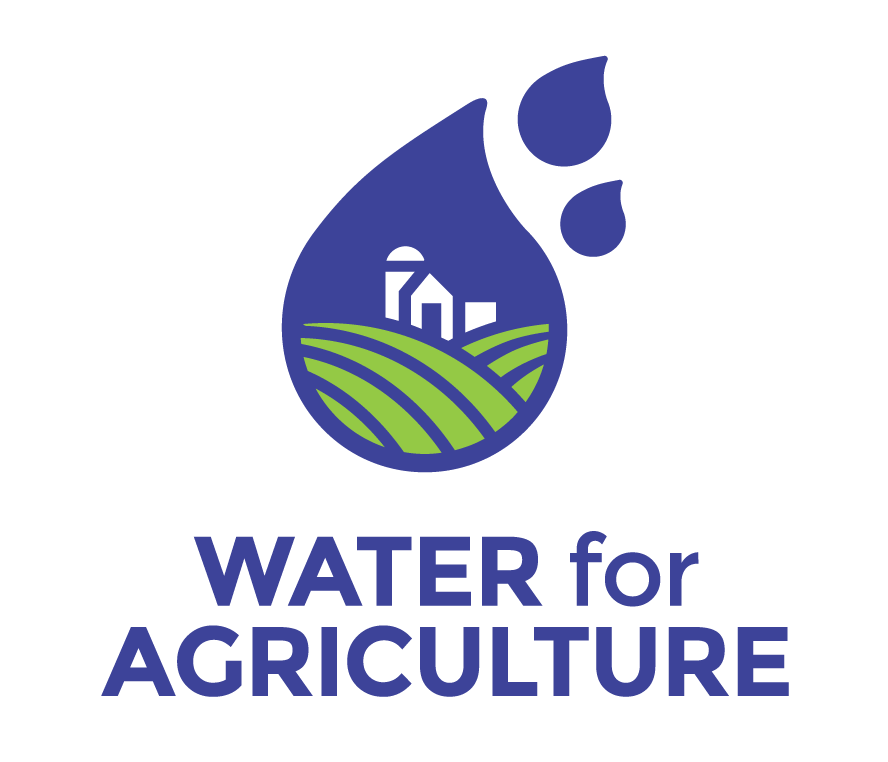
Lincoln, Neb. —A large majority of people who responded to a recent survey rated water quality in the North Platte Valley of western Nebraska as good or excellent.
Still, most of the survey respondents also said they are somewhat or very concerned about water quality, although usually by a smaller majority.
There was usually a gap between agricultural and residential residents on rating water quality; the level of concern water quality; water quality’s effects on quality of life; and potential sources of water contaminants.
One-thousand landowners in the North Platte Valley, about evenly divided between agricultural and residential, were surveyed recently about their values, beliefs and behaviors related to streams, rivers and groundwater. About 180 responses were received, in line with the national average.
The survey was released by the University of Nebraska Water for Agriculture project and the North Platte Valley Local Leadership Committee. The survey was conducted to better understand the perspectives of residential and agricultural landowners. The survey asked about a range of ground and surface water issues, activities that have potential impacts on water quality, and respondents’ ideas about protecting water quality while preserving a strong agricultural economy in the valley.
The North Platte Valley Local Leadership Committee and its partners are using these results to inform and prioritize its activities. The committee is made up of irrigators, irrigation districts, local agribusinesses and ag lenders, wildlife groups, the North Platte Natural Resources District, and Extension.
The water for Agriculture Project seeks to better understand how local stakeholders can be more effectively engaged in decisions and programs that affect water for and from agriculture. Historically, these kinds of water policy decision have been made at the national, state and regional levels, with scientists and experts at the center of the discussion. The project is funded by the USDA Agriculture and Food Research Initiative (AFRI), and is working in cooperation with, and in service to four communities in Nebraska, Pennsylvania, and Arizona. Co-principal investigators are from the University of Nebraska-Lincoln (UNL), Penn State University (PSU), and Arizona State University (ASU).
This article focuses on attitudes and perceptions about potential water quality issues and potential effects of water quality issues. A second article next week will focus on attitudes about addressing water quality, and which practices would help.
One member of the North Platte Valley Local Leadership Committee, John Berge, General Manager of the North Platte Natural Resources District at Scottsbluff, said the survey results support his perception of public awareness and attitudes related to water quality.
“I am heartened to see that the results of the survey confirm what I have long suspected – water literacy in the valley is alive and well,” Berge said. “This confirmation lightens the NRD’s burden as we work to educate the public on nitrate concerns and potential mitigating solutions as part of our recently passed nutrient management rule. This issue should concern us all – and does, as these survey results suggest.”
Some key findings from the survey:
Landowner ratings of water quality: By far, most landowners rated water quality from groundwater wells highly – 81.1 percent of ag landowners and 59.7 percent of residential landowners rated it as “good” or excellent.” The North Platte River also received high marks, with 75.4 percent of ag landowners and 65.2 percent of residential landowners rating river water quality in the top two categories
Water quality concerns: A majority of both residential and ag landowners also responded that they are “somewhat or very concerned” about water quality in the North Platte Valley. This was true for groundwater wells (69.7 percent ag, 66.2 percent residential); streams and waterways (64.2 percent and 62.7 percent); and the North Platte River (58.5 percent and 76.1 percent).
Sources of contamination: Survey respondents were asked how big a problem various sources of residential and agricultural contaminants posed. Among residential contaminants, home lawn care practices and stormwater runoff from parking lots and streams got the most responses. Among ag contaminants, soil runoff from agricultural fields, excess use of fertilizer, and excess use of herbicides or pesticides got the most responses.
About the survey respondents:
The rural landowners in the survey owned or leased a total of 151,803 acres, an average size of 1,668 acres apiece. More than one-third of them also have off-farm employment. The average area owned by residential landowners was one-fourth acre or less.
The type of ag operation varied: primarily livestock, primarily row crops; primarily hay and forage, primarily small grains, and diversified.
As for demographics, just over half of the total survey respondents were 65 years old or older, 43 percent between the ages of 35 and 64, and 4.3 percent younger than 35 years old. The respondents were male by a 3-1 ratio. The water source was well water for nearly two-thirds of them, with municipal or public water supplying almost all the remainder. For wastewater treatment, 61.5 percent relied on on-lot septic systems, 35.7 on public sewer.
Next time: Landowner attitudes about efforts to address water quality.
To learn more, visit http://water4ag.psu.edu or contact Jessica Groskopf at 308-632-1247 or jjohnson@unl.edu







